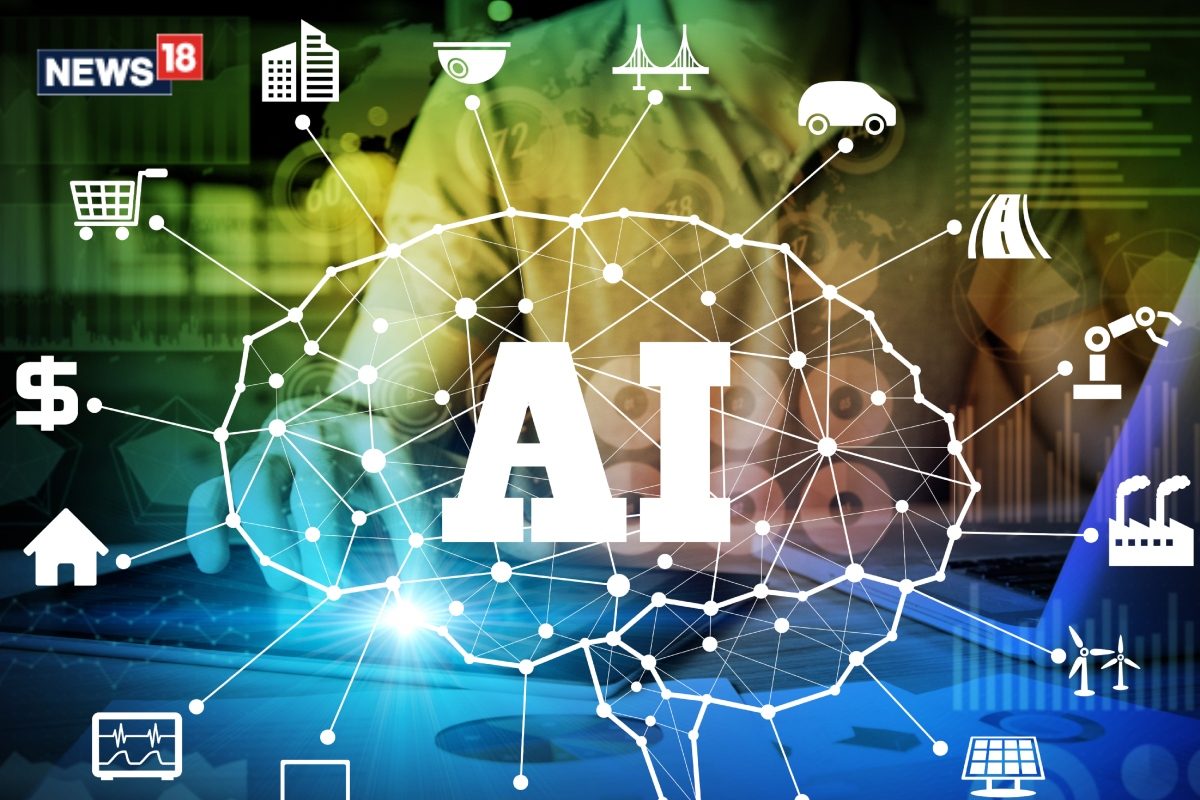
In the enterprise, artificial intelligence has moved from a buzzword to a transformative technology that drives innovation, efficiency and competitive advantage. From automating routine processes to extracting insights from vast datasets, AI plays a key role in shaping how organisations operate in a digital-first economy. And as AI adoption accelerates, businesses are exploring advanced techniques like retrieval-augmented generation (RAG) and fine-tuning AI agents to optimise operations further and provide superior customer experiences.
Let’s explore the high-level impact of AI on enterprises, focusing on the capabilities of RAG and fine-tuning models, as well as the tangible business benefits they offer. AI allows enterprises to automate complex tasks, analyse large volumes of data and make informed decisions faster than ever. By integrating AI into various processes – ranging from customer service to operations and marketing – businesses can significantly enhance their productivity and customer experience.
AI also supports predictive analytics, enabling organisations to forecast trends, detect anomalies and respond proactively to changing market conditions. This results in better resource allocation, optimised workflows and reduced operational costs. The impact of AI is felt across every sector, including banking, insurance, healthcare, retail, telecommunications and automotive, as these industries leverage AI to build more adaptive and efficient systems.
Yet it might not even be hard to recall a time when you had to find support on something urgent and were frustratingly met with an AI-controlled experience to guide you. Retrieval-augmented generation (RAG) is a developing AI approach that combines the strengths of traditional search systems with generative models. RAG retrieves relevant documents or knowledge from a database and feeds them into a generative AI model (such as GPT-3), which uses the retrieved information to generate more accurate, context-aware responses.
This dual-action process ensures that AI agents deliver highly relevant and up-to-date information, improving the quality of results. For anyone in the customer service industry, this will become an essential part of delivering the best possible contextual experiences for each customer and situation. RAG is composed of two core components: Retriever: An AI model designed to search through a large database and pull the most relevant data based on a user’s query.
Generator: A generative AI model that processes the retrieved data to generate answers or responses that are contextually accurate and insightful. This combination of retrieval and generation allows AI agents to answer complex, multi-layered questions with precision, as they can draw on vast data resources to enhance the relevance and accuracy of responses. Why is this important? For enterprises, RAG-enabled AI agents can enable: Enhanced customer support by providing agents and chatbots with detailed, accurate answers based on real-time data, improving first-contact resolution rates.
Additional support for knowledge workers by delivering insights faster, reducing the time spent searching through internal documentation, knowledge bases or product information. Improved decision making by retrieving specific data and generating recommendations based on current trends, helping businesses adapt quickly to new information. By facilitating more precise, context-aware AI interactions, RAG reduces errors in automated processes, increases the value of AI-driven customer support and boosts employee productivity.
Fine-tuning involves taking a pre-trained AI model (for example, GPT-3 or Bert) and customising it to specific enterprise needs by training it further on specialised datasets. This process allows AI agents to perform more accurately in a specific domain, such as healthcare, banking or customer service. Pre-trained models are typically general purpose, meaning they can understand language, structure and context in a broad sense.
Fine-tuning adjusts these models to a specific use case by training them on domain-specific data. For example, an AI model fine-tuned on financial documents will become more adept at understanding and generating content related to banking, risk analysis and compliance. Enhanced accuracy: Fine-tuning allows AI agents to understand industry-specific terminology, improving the accuracy of responses and insights.
Faster deployment: Rather than building AI models from scratch, enterprises can fine-tune existing models for quick deployment, reducing time to market for AI-driven applications. Cost effectiveness : Fine-tuning is less resource intensive than training a model from the ground up. It allows businesses to customise pre-trained models at a lower cost, providing value faster.
With different industries and verticals come different challenges and customer needs. Using RAG to retrieve contextual information and fine-tuned models to reference industry-specific information gives you the opportunity to deliver exactly what your customers are expecting, with the appropriate level of severity and sense of urgency that comes with it. At every level of business, this combination can deliver smoother interactions when they matter, which not only optimises your operations but also improves your customer’s perception of your business.
The combination of RAG and fine-tuning in AI agents represents a powerful advancement for enterprises looking to leverage AI for greater efficiency, accuracy and contextual intelligence. By augmenting generative AI with real-time retrieval capabilities and tailoring models to specific business needs, enterprises can unlock new levels of productivity, innovation and customer satisfaction. The author, Deon Stroebel , is chief commercial officer at LSD Open Read more articles by LSD Open on TechCentral This promoted content was paid for by the party concerned.














